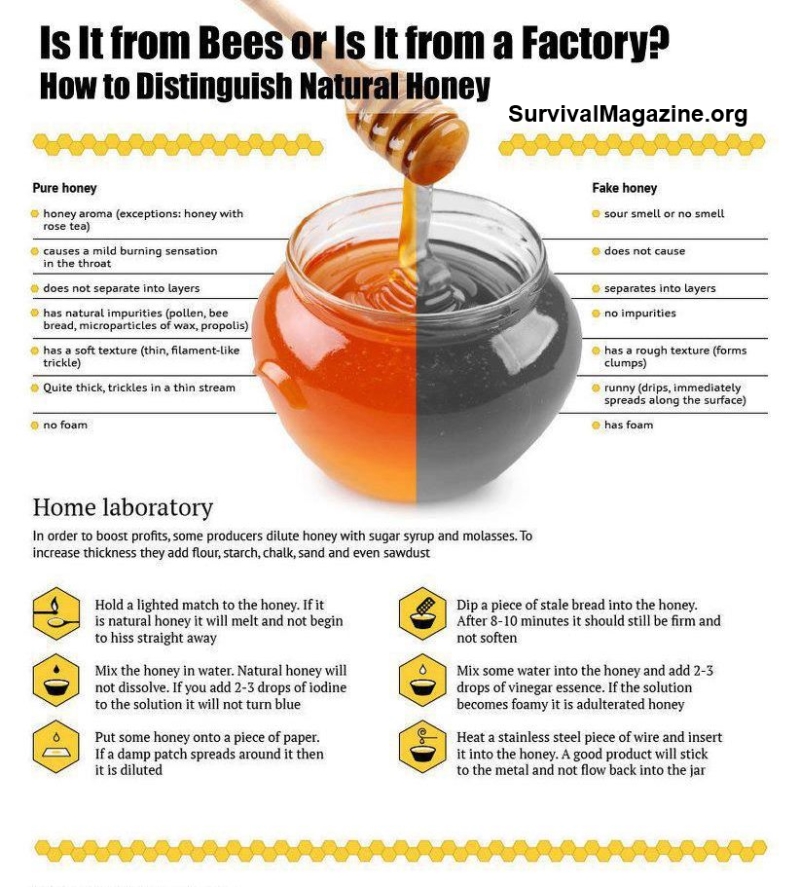 In this discussion of lightweight shelters we will be looking at 5 basic shelter options for use in back country travel and discuss some of the advantages and drawbacks of each system in terms of protection they provide.
The scope of the shelter systems we will inspect are:
No Shelter, Water Resistant Breathable Bivy, Waterproof Breathable Bivy, Open Tarp, and the Mid Tarp.
With each option we will be discussing the attributes of each shelter system in terms of its protection from dew, wind, rain, snow, and insects.
In this discussion of lightweight shelters we will be looking at 5 basic shelter options for use in back country travel and discuss some of the advantages and drawbacks of each system in terms of protection they provide.
The scope of the shelter systems we will inspect are:
No Shelter, Water Resistant Breathable Bivy, Waterproof Breathable Bivy, Open Tarp, and the Mid Tarp.
With each option we will be discussing the attributes of each shelter system in terms of its protection from dew, wind, rain, snow, and insects.
Brief Introduction to the Shelter Systems
The following are brief introductions to the shelter systems discussed: Water Resistant Breathable and Waterproof Breathable Bivy Sacks A bivy sack is an extremely small and lightweight shelter that can be used as an alternative to a tarp or tent for a shelter. What makes it water resistant or waterproof is the fabric that it is constructed with. Waterproof bivy sacks, even with the advance of waterproof/breathable fabrics like Gore-Tex and E-Vent, are less breathable than water resistant bivy sacks due the different fabrics they are made of. In result, waterproof bivy sacks can commonly become uncomfortable and moist inside.
Open Tarps
A bivy sack is an extremely small and lightweight shelter that can be used as an alternative to a tarp or tent for a shelter. What makes it water resistant or waterproof is the fabric that it is constructed with. Waterproof bivy sacks, even with the advance of waterproof/breathable fabrics like Gore-Tex and E-Vent, are less breathable than water resistant bivy sacks due the different fabrics they are made of. In result, waterproof bivy sacks can commonly become uncomfortable and moist inside.
Open Tarps
 Open Tarps are simple shelters commonly rigged with hiking poles, tent pegs, and guy lines. They come in many designs, from simple rectangle pieces of nylon or plastic to more elaborate shaped cuts made with extremely lightweight and durable fabrics such as cuben fiber. They typically are floorless, though ground sheets are commonly used to keep occupants off bare ground.
Mid Tarps
Open Tarps are simple shelters commonly rigged with hiking poles, tent pegs, and guy lines. They come in many designs, from simple rectangle pieces of nylon or plastic to more elaborate shaped cuts made with extremely lightweight and durable fabrics such as cuben fiber. They typically are floorless, though ground sheets are commonly used to keep occupants off bare ground.
Mid Tarps
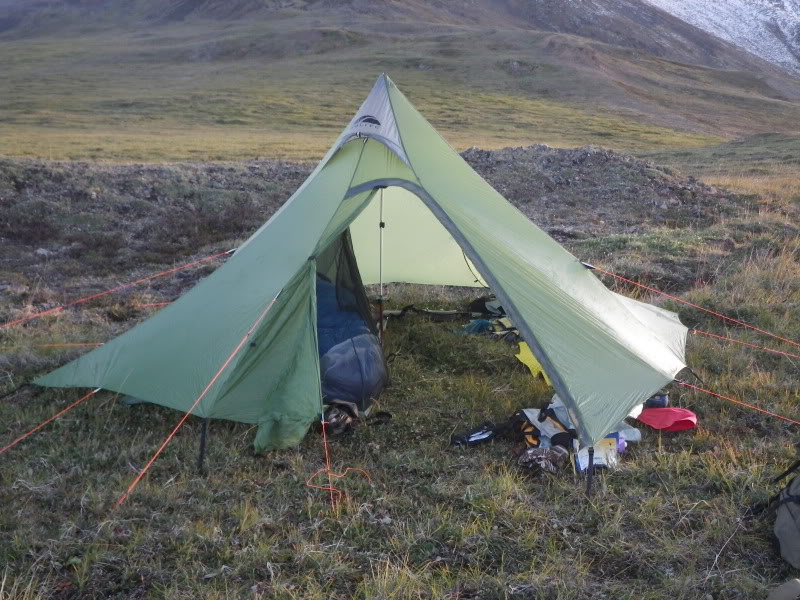 Mid tarps are similar to open tarps in the way they are rigged, however their design creates a full enclosure with a small gap at the bottom for ventilation.
Mid tarps are similar to open tarps in the way they are rigged, however their design creates a full enclosure with a small gap at the bottom for ventilation.
Dew
Unless you break camp early enough to escape, morning dew is going to fall upon your shelter system. The following chart provides a breakdown of protection that each shelter system provides against dew in a five point rating system.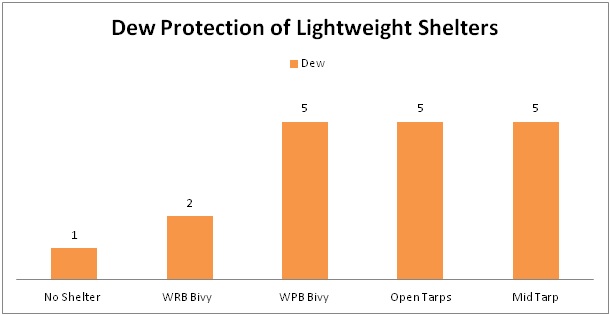 No Shelter- Without any protection, dew may be strong enough to soak a sleeping bag which can cause it to lose its loft and warmth. If there is no time to dry it out the accumulative effects over a couple days may wreck havoc to a sleeping system. If dew is a concern a synthetic bag during good weather may be a better suited option when traveling without a shelter.
No Shelter- Without any protection, dew may be strong enough to soak a sleeping bag which can cause it to lose its loft and warmth. If there is no time to dry it out the accumulative effects over a couple days may wreck havoc to a sleeping system. If dew is a concern a synthetic bag during good weather may be a better suited option when traveling without a shelter.
Water Resistant Breathable Bivy- Because the fabric is not fully waterproof heavy dew is still likely to soak through the permeable fabric, yet it provides more protection than having nothing.
WPB Bivy, Open Tarps, Mid Tarp- The remaining shelter systems offer full protection from dew.Inclement Conditions
During inclement conditions it is important to be prepared with adequate shelter. The three conditions we will be discussing are wind, rain, and snow. The following chart shows a breakdown of the protection that each shelter system provides against these conditions in a five point rating system. No Shelter– Having no shelter provides little protection from inclement conditions. However, the study of wilderness survival skills can help mitigate risk and provide shelter as adequate as the skills, tools, time, and materials that are available to an individual or group.
Water Resistant Breathable Bivy– Provides slightly more protection than no shelter. It is a popular option to combine a WRB Bivy with an open tarp to create a more adequate shelter system.
Waterpoof Breathable Bivy– Although WRB Bivy provides better protection from wind and rain, during a snow storm they are subjected to snow loading. Snow loading is the accumulation of snow on a shelter which can affect the integrity of the shelter. With both WRB and WPB bivy sacks the snow accumulation can compresses the insulation in a sleeping bag which will result in a loss of warmth.
Open Tarps- When analyzing the adequacy of open tarps in inclement conditions it is important to note that protection depends on how and where the tarp is pitched. Understanding campsite selection techniques may increase the ability of an open tarp to provide protection in these conditions. Remember in most situations open tarps will usually have at least one or more open faces to the wind. Open tarps are also subject to snow loading because the structure lacks support. Snow loading can warp the tarps structure and possibly lead to seam failure.
No Shelter– Having no shelter provides little protection from inclement conditions. However, the study of wilderness survival skills can help mitigate risk and provide shelter as adequate as the skills, tools, time, and materials that are available to an individual or group.
Water Resistant Breathable Bivy– Provides slightly more protection than no shelter. It is a popular option to combine a WRB Bivy with an open tarp to create a more adequate shelter system.
Waterpoof Breathable Bivy– Although WRB Bivy provides better protection from wind and rain, during a snow storm they are subjected to snow loading. Snow loading is the accumulation of snow on a shelter which can affect the integrity of the shelter. With both WRB and WPB bivy sacks the snow accumulation can compresses the insulation in a sleeping bag which will result in a loss of warmth.
Open Tarps- When analyzing the adequacy of open tarps in inclement conditions it is important to note that protection depends on how and where the tarp is pitched. Understanding campsite selection techniques may increase the ability of an open tarp to provide protection in these conditions. Remember in most situations open tarps will usually have at least one or more open faces to the wind. Open tarps are also subject to snow loading because the structure lacks support. Snow loading can warp the tarps structure and possibly lead to seam failure.

Insect Protection
Those who have protection from bugs remain sane. The following chart shows a breakdown of the protection that each shelter system provides against insects in a five point rating system.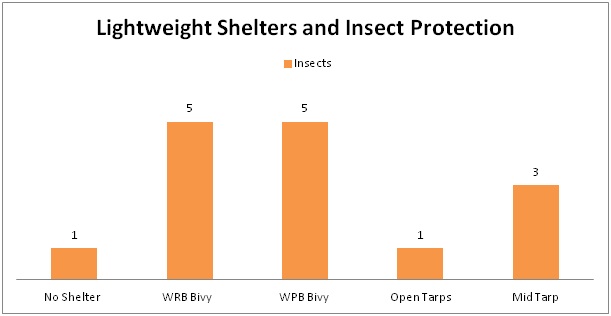 No Shelter– Very little protection from bugs without a shelter. However, during cold seasons bugs may not be an issue.
WRB Bivy and WPB Bivy– As long as the bivy is closed it provides excellent insect protection.
Open Tarps- Open tarps by themselves offer very little insect protection. However, open tarps can have no-see-um mesh sewn around the perimeter that can provide adequate protection from bugs. The mesh can also bring small gains in rain protection as droplets accumulate in the lining.
Mid Tarps– Although the bottom of a Mid tarp remains open allowing crawlers open access, the mid tarp provides better protection from flying bugs because the tarp has no open sides. Additionally, flying bugs may seek warmth which gathers towards the top of the tarp, remaining out of the area of the occupant. Mid tarps can also be paired with no-see-um mesh which will increase its bug protection.
No Shelter– Very little protection from bugs without a shelter. However, during cold seasons bugs may not be an issue.
WRB Bivy and WPB Bivy– As long as the bivy is closed it provides excellent insect protection.
Open Tarps- Open tarps by themselves offer very little insect protection. However, open tarps can have no-see-um mesh sewn around the perimeter that can provide adequate protection from bugs. The mesh can also bring small gains in rain protection as droplets accumulate in the lining.
Mid Tarps– Although the bottom of a Mid tarp remains open allowing crawlers open access, the mid tarp provides better protection from flying bugs because the tarp has no open sides. Additionally, flying bugs may seek warmth which gathers towards the top of the tarp, remaining out of the area of the occupant. Mid tarps can also be paired with no-see-um mesh which will increase its bug protection.
Conclusion
 Many of the shelters discussed can be less than one pound and smaller than a large water bottle.
But what shelter provides the most protection? It may depend.
Displayed in the chart below are the averages from each of the ratings that each shelter was given from above.
Many of the shelters discussed can be less than one pound and smaller than a large water bottle.
But what shelter provides the most protection? It may depend.
Displayed in the chart below are the averages from each of the ratings that each shelter was given from above.
 No Shelter– Having no shelter provides very little protection but has the lowest weight. Carrying no shelter is ideally suited for experienced travelers in good weather when the objective is to keep pack weight at the maximum minimum.
WRB Bivy– Provides more protection in inclement conditions than not having a shelter and provides excellent protection against bugs. A popular option is to pair a WRB bivy with an open tarp to create more adequate protection from dew, wind, and rain.
WPB Bivy– Provides greater protection against dew, wind, and rain than a WRB Bivy but may carry additional drawbacks. Waterproof breathable fabrics such as Gore-tex have come a long way but still lack adequate protection against condensation. You may be dry from the rain, but inside the bivy you may find that condensation and sweat can build up and dampen your bag internally and lead to uncomfortable sleeping conditions. Additionally, bivys provide little in respect to livability.
Open Tarps– Open tarps create the most debate about its adequacy of protection. When dealing with open tarps outdoor experience plays a major role in how the shelter will serve. Open tarps allow flexibility in the ways it can be pitched to accommodate different scenarios. With the addition of mesh lining around the perimeter, the tarp can supply adequate bug protection. When combined with a WRB bivy its protection can be strengthened against wind, rain, and bugs.
Mid Tarp– Receiving the best overall rating, mid tarps provide a wide variety of benefits when compared to other light weight shelter options. It has great performance against dew, wind, rain, and bugs. When encountering snow it is the only shelter analyzed that doesn’t succumb to snow loading due to a steep wall design. Mid tarps are a common shelter system used by a wide variety of the world’s most influential lightweight backpackers.
No Shelter– Having no shelter provides very little protection but has the lowest weight. Carrying no shelter is ideally suited for experienced travelers in good weather when the objective is to keep pack weight at the maximum minimum.
WRB Bivy– Provides more protection in inclement conditions than not having a shelter and provides excellent protection against bugs. A popular option is to pair a WRB bivy with an open tarp to create more adequate protection from dew, wind, and rain.
WPB Bivy– Provides greater protection against dew, wind, and rain than a WRB Bivy but may carry additional drawbacks. Waterproof breathable fabrics such as Gore-tex have come a long way but still lack adequate protection against condensation. You may be dry from the rain, but inside the bivy you may find that condensation and sweat can build up and dampen your bag internally and lead to uncomfortable sleeping conditions. Additionally, bivys provide little in respect to livability.
Open Tarps– Open tarps create the most debate about its adequacy of protection. When dealing with open tarps outdoor experience plays a major role in how the shelter will serve. Open tarps allow flexibility in the ways it can be pitched to accommodate different scenarios. With the addition of mesh lining around the perimeter, the tarp can supply adequate bug protection. When combined with a WRB bivy its protection can be strengthened against wind, rain, and bugs.
Mid Tarp– Receiving the best overall rating, mid tarps provide a wide variety of benefits when compared to other light weight shelter options. It has great performance against dew, wind, rain, and bugs. When encountering snow it is the only shelter analyzed that doesn’t succumb to snow loading due to a steep wall design. Mid tarps are a common shelter system used by a wide variety of the world’s most influential lightweight backpackers.




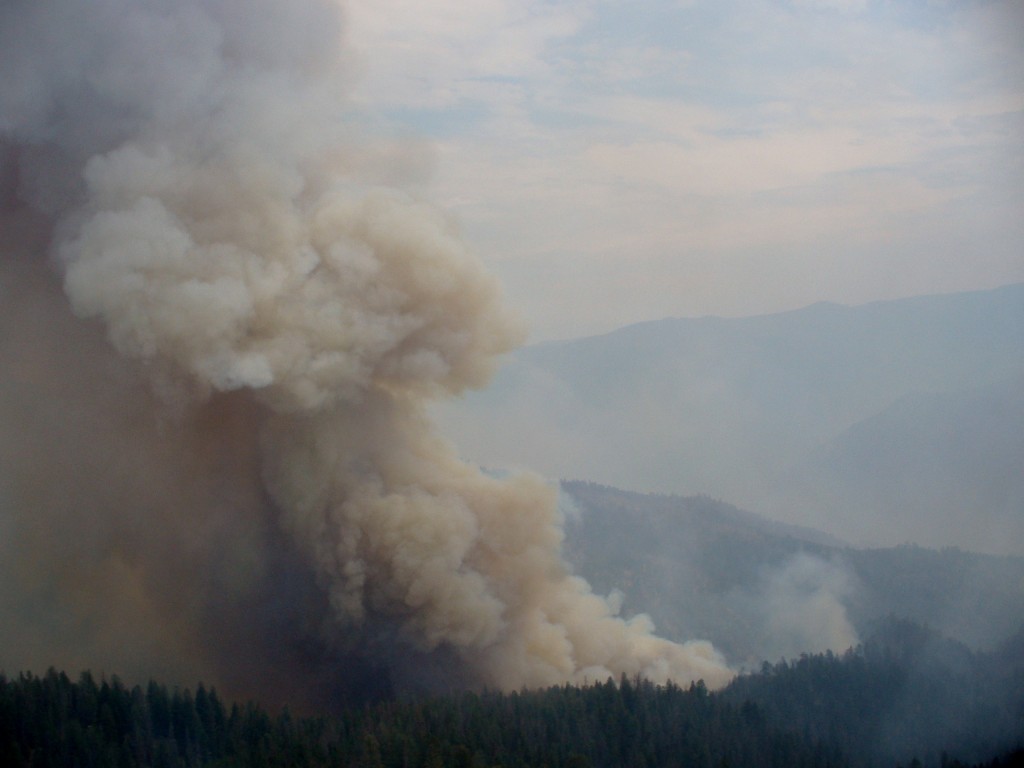 It can seem that a raging forest fire is simply too large, too fierce, and too unpredictable to deal with. But I believe there are ways to reduce the threat, and make your home much safer. You can take decisive action before, during, and after a wildfire to preserve and protect what’s yours.
The first things you should consider are items you can work on before there is a fire event. Many of the things I will mention are detailed on
It can seem that a raging forest fire is simply too large, too fierce, and too unpredictable to deal with. But I believe there are ways to reduce the threat, and make your home much safer. You can take decisive action before, during, and after a wildfire to preserve and protect what’s yours.
The first things you should consider are items you can work on before there is a fire event. Many of the things I will mention are detailed on 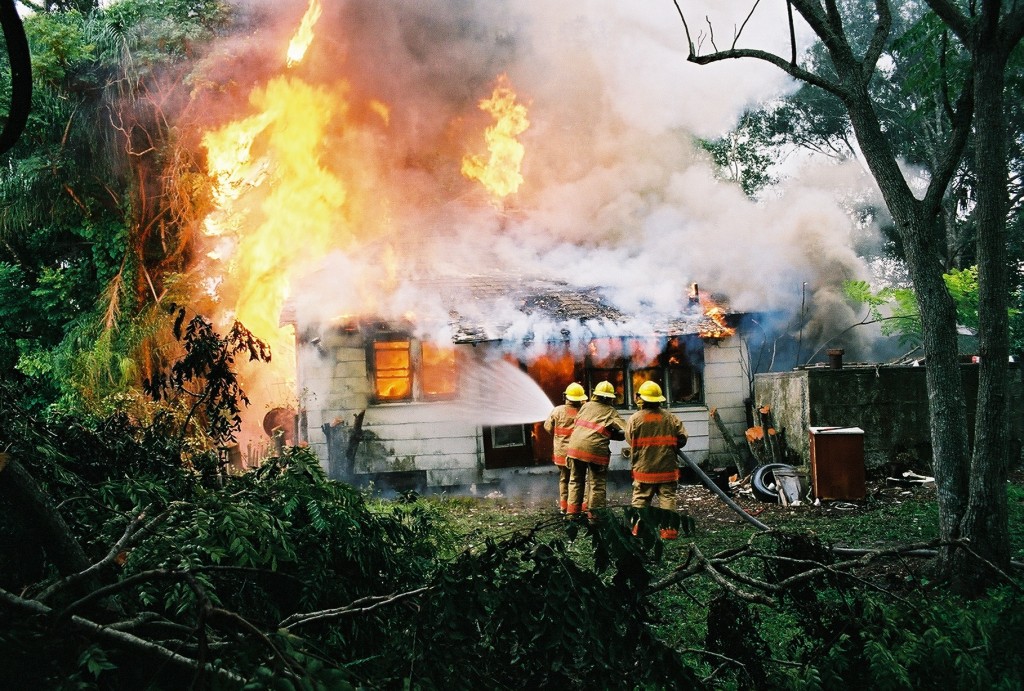 The first and primary step is to consider something called “defensible space.” How much of a break is there between the forest and undergrowth, and your home? If your home sits with rank vegetation chest high, all the way within 2 feet, then you are in more danger than someone with a manicured lawn out to the recommended 100 feet. Next, examine your home construction. If you have a wooden roof, what we used to call shaker shingles, then you will be much more flammable than a metal, or tile roof. But even a metal roof can be compromised by debris like pine needles, and leaf litter. If you have gutters, clean them out minimally yearly, right at the end of winter, and any time they fill with pine needles and burnable litter. Third, consider what else in the yard might carry fire. When you pick your landscaping, choose trees like Oaks over more flammable trees like Pines, and Palm trees. Even shrubs can make a huge difference. Many people love clumps of Saw Palmetto in their yard, but it is known to be high in volatile oils. Much better to have a similar looking plant like a Cycad, (Namia for example,) which is a lot less flammable. Also look at any vehicles you might be leaving behind, and don’t park them right against the house. If the boat or truck does catch fire, better to lose that one item than to have it impinge the whole home.
So, you have done your best with “before”. You hear that a large fire is growing downwind of your home. The house is prepped, your important papers are copied to a thumb drive. The car is packed. Even though the fire is not technically within sight, just the fact that it exists and is threatening means that your next actions are what I would call “during” the fire event. Now, I do not recommend that anyone ignore an evacuation order to take further preparation steps. But sometimes, you know the fire is coming, and have an hour or two left before you have to leave. Often in the western states, you may know days in advance. You must consider how easy to get away from your home it is. If you live on a narrow mountain road, overgrown with trees, leave early. You might have to move a downed limb, or go around an obstacle.
The first and primary step is to consider something called “defensible space.” How much of a break is there between the forest and undergrowth, and your home? If your home sits with rank vegetation chest high, all the way within 2 feet, then you are in more danger than someone with a manicured lawn out to the recommended 100 feet. Next, examine your home construction. If you have a wooden roof, what we used to call shaker shingles, then you will be much more flammable than a metal, or tile roof. But even a metal roof can be compromised by debris like pine needles, and leaf litter. If you have gutters, clean them out minimally yearly, right at the end of winter, and any time they fill with pine needles and burnable litter. Third, consider what else in the yard might carry fire. When you pick your landscaping, choose trees like Oaks over more flammable trees like Pines, and Palm trees. Even shrubs can make a huge difference. Many people love clumps of Saw Palmetto in their yard, but it is known to be high in volatile oils. Much better to have a similar looking plant like a Cycad, (Namia for example,) which is a lot less flammable. Also look at any vehicles you might be leaving behind, and don’t park them right against the house. If the boat or truck does catch fire, better to lose that one item than to have it impinge the whole home.
So, you have done your best with “before”. You hear that a large fire is growing downwind of your home. The house is prepped, your important papers are copied to a thumb drive. The car is packed. Even though the fire is not technically within sight, just the fact that it exists and is threatening means that your next actions are what I would call “during” the fire event. Now, I do not recommend that anyone ignore an evacuation order to take further preparation steps. But sometimes, you know the fire is coming, and have an hour or two left before you have to leave. Often in the western states, you may know days in advance. You must consider how easy to get away from your home it is. If you live on a narrow mountain road, overgrown with trees, leave early. You might have to move a downed limb, or go around an obstacle.

 As you begin cleaning the yard, be aware of any impacted trees, and go ahead and have them removed. A final consideration, light, flashy fuels can “reburn”. The fire moves very quickly across the surface of the fuel, but leave behind stuff that can still catch fire again later. Especially true of this are pine trees. Scorched needles will fall within a few days, and provide a blanket of burnable fuel on the ground.
As you begin cleaning the yard, be aware of any impacted trees, and go ahead and have them removed. A final consideration, light, flashy fuels can “reburn”. The fire moves very quickly across the surface of the fuel, but leave behind stuff that can still catch fire again later. Especially true of this are pine trees. Scorched needles will fall within a few days, and provide a blanket of burnable fuel on the ground.
 So if you live in such an area, rake the needle drop away from your home and structures. And revisit the Firewise website I mentioned above. As you replace your plants, do it in a way that makes your home safer and safer.
So if you live in such an area, rake the needle drop away from your home and structures. And revisit the Firewise website I mentioned above. As you replace your plants, do it in a way that makes your home safer and safer.
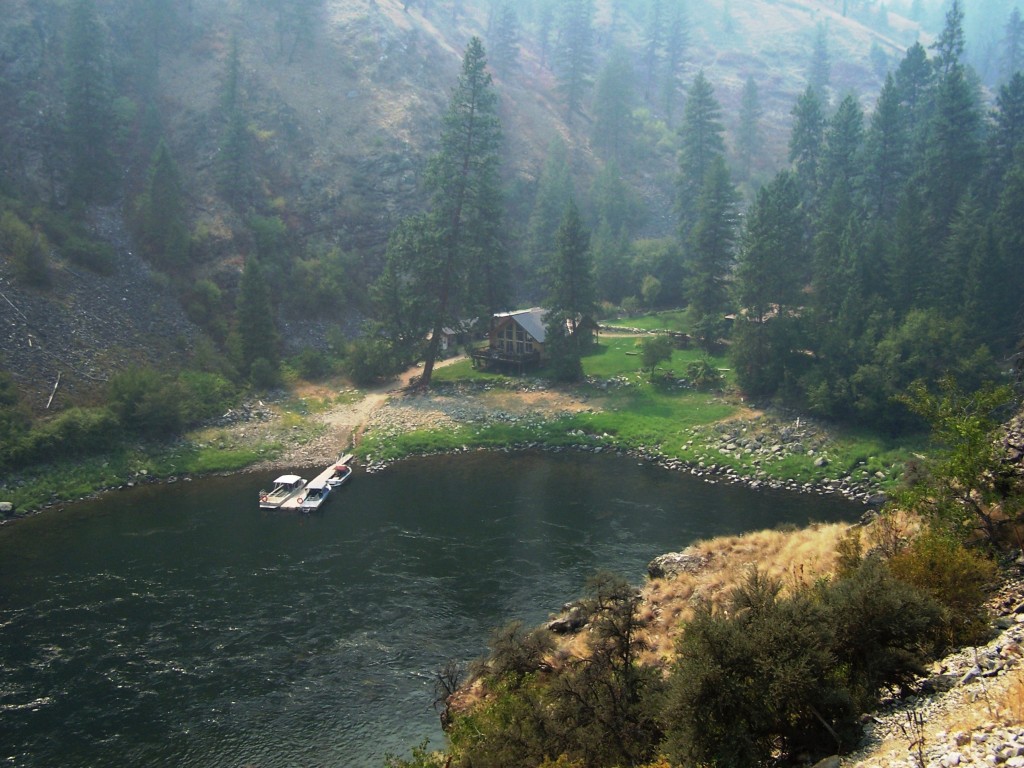
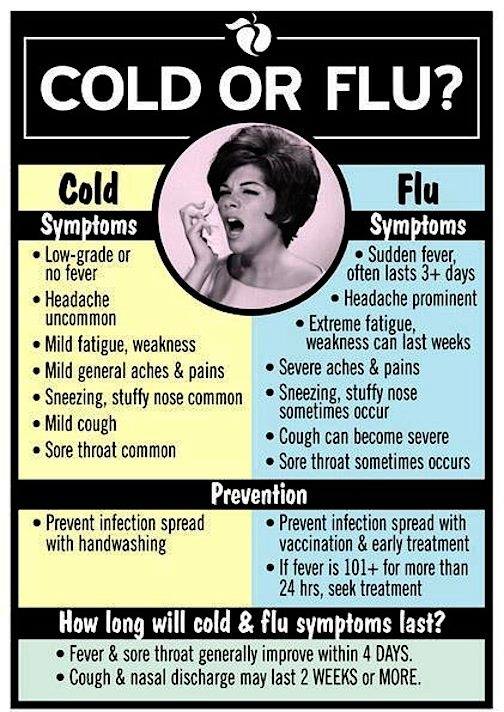
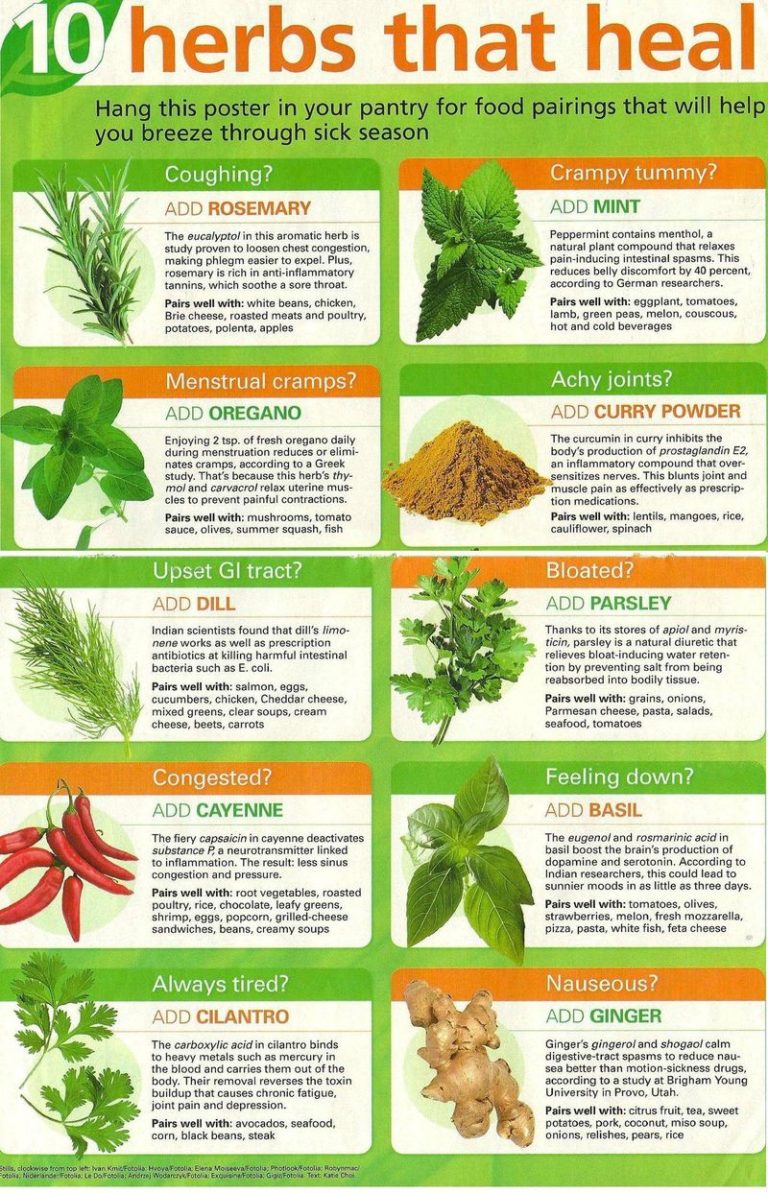
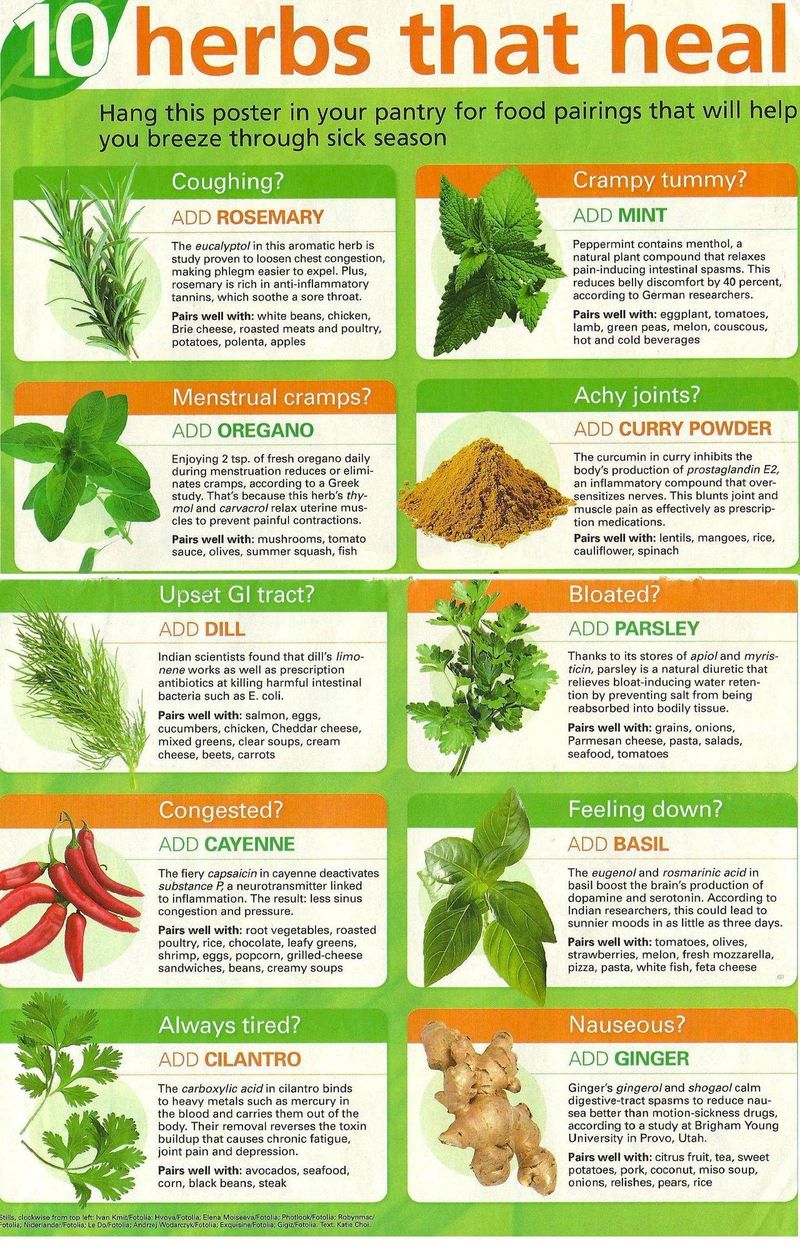

 Length – 11′ 1”
Width – 33.5”
Depth – 11”
Canoe Weight – 40 lbs.
Weight Capacity – 425 lbs. (2 person)
Hull Material – Lexan (Polycarbonate)
Length – 11′ 1”
Width – 33.5”
Depth – 11”
Canoe Weight – 40 lbs.
Weight Capacity – 425 lbs. (2 person)
Hull Material – Lexan (Polycarbonate)


 Length – 13′
Width – 22”
Depth – 11”
Kayak Weight – 26 lbs.
Weight Capacity – 300 lbs. (1 person)
Hull Material – Military grade urethane
Frame – Carbon kevlar
Seats – Closed cell thermoformed hi density foam
Sticker shock Price: $4,124
Length – 13′
Width – 22”
Depth – 11”
Kayak Weight – 26 lbs.
Weight Capacity – 300 lbs. (1 person)
Hull Material – Military grade urethane
Frame – Carbon kevlar
Seats – Closed cell thermoformed hi density foam
Sticker shock Price: $4,124
